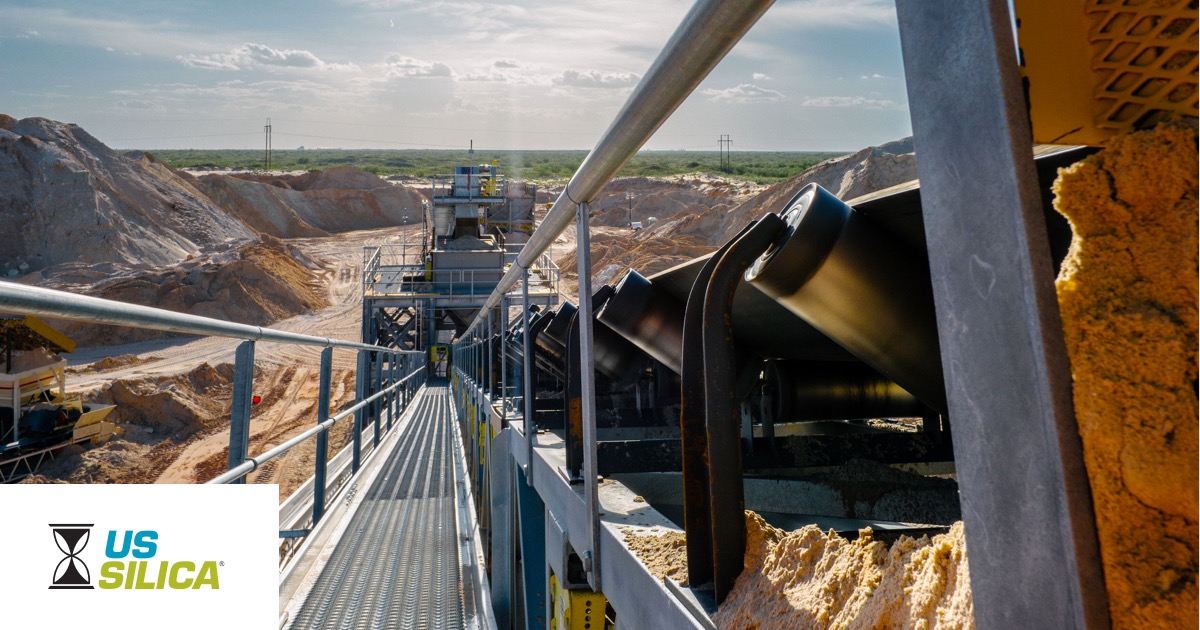brp7
Sapling
Hello,
Today when I went to buy perlite, the shop owner offered me a packet which has only three-quarters the price of the ones I bought earlier. This one is heavier, has less volume for the same weight, the granules are bigger, and looks off-white in color.
Has anybody used one like the above? Would it be of the same quality as the pure white, lighter granules?
Thanks
Today when I went to buy perlite, the shop owner offered me a packet which has only three-quarters the price of the ones I bought earlier. This one is heavier, has less volume for the same weight, the granules are bigger, and looks off-white in color.
Has anybody used one like the above? Would it be of the same quality as the pure white, lighter granules?
Thanks



